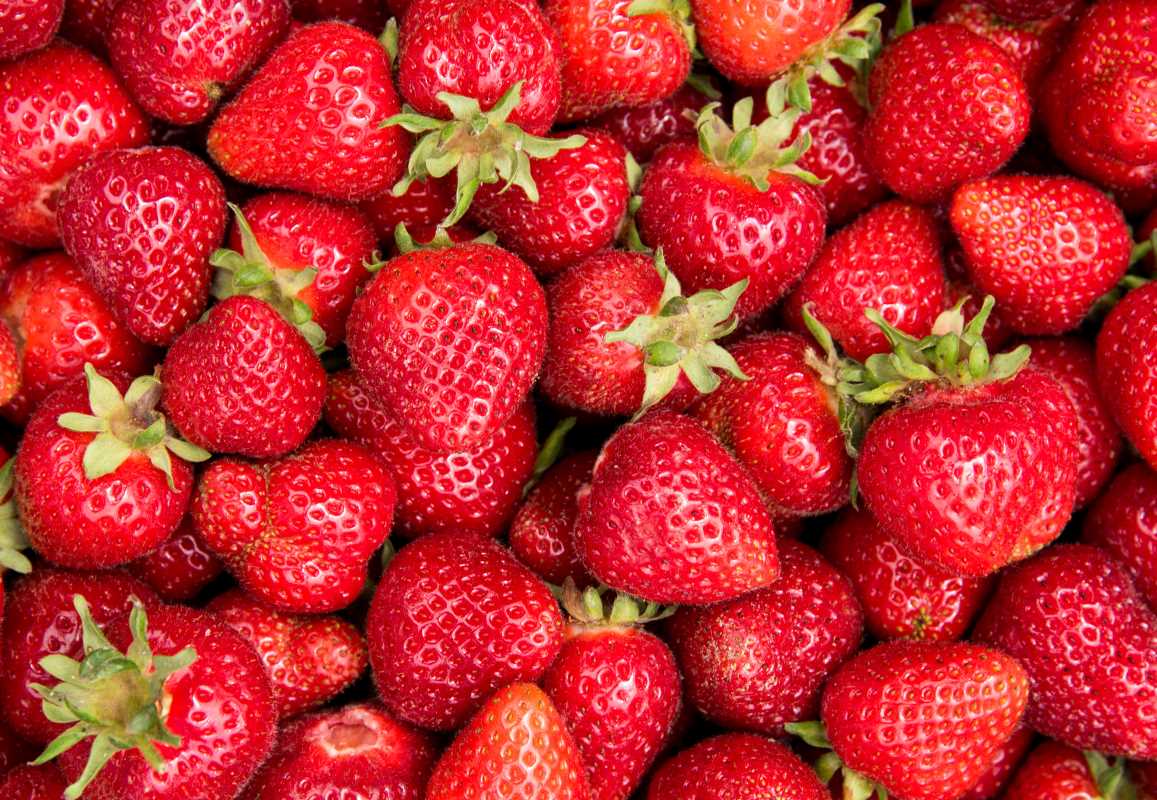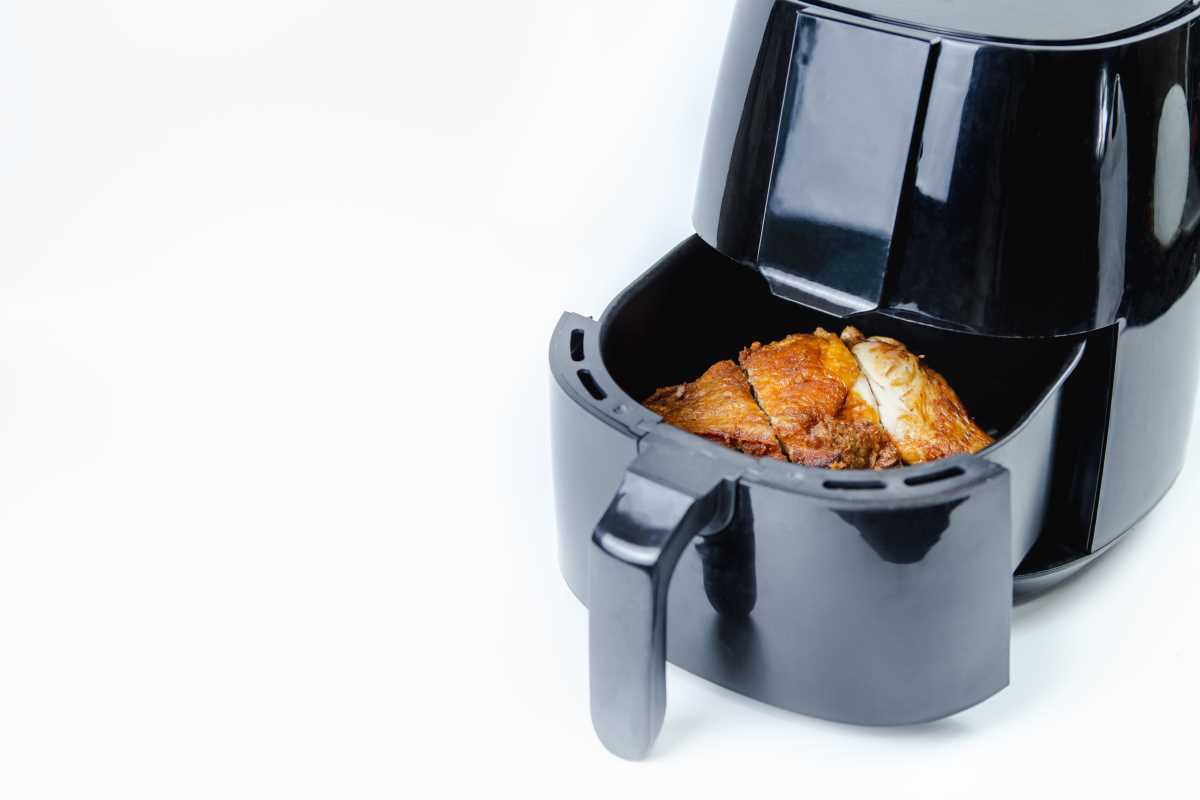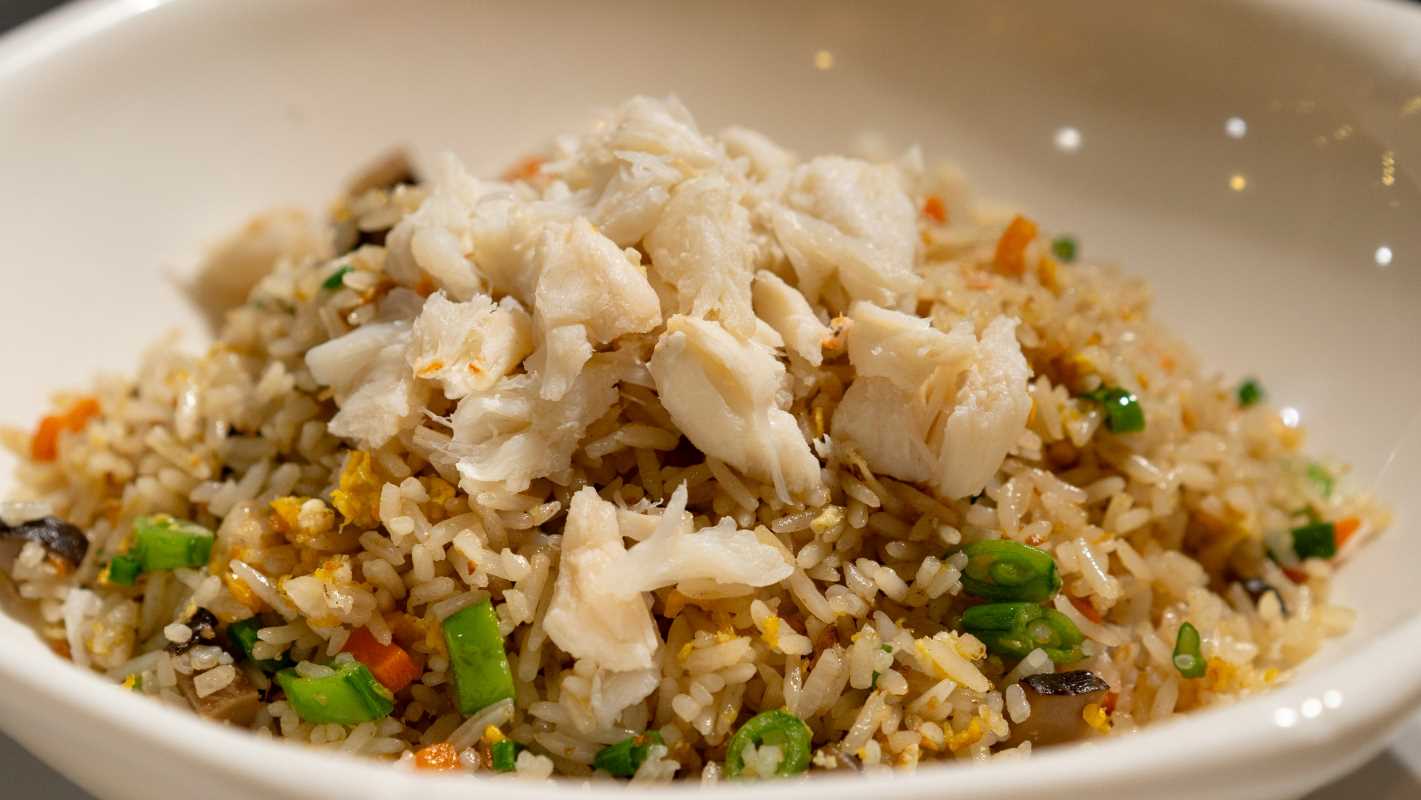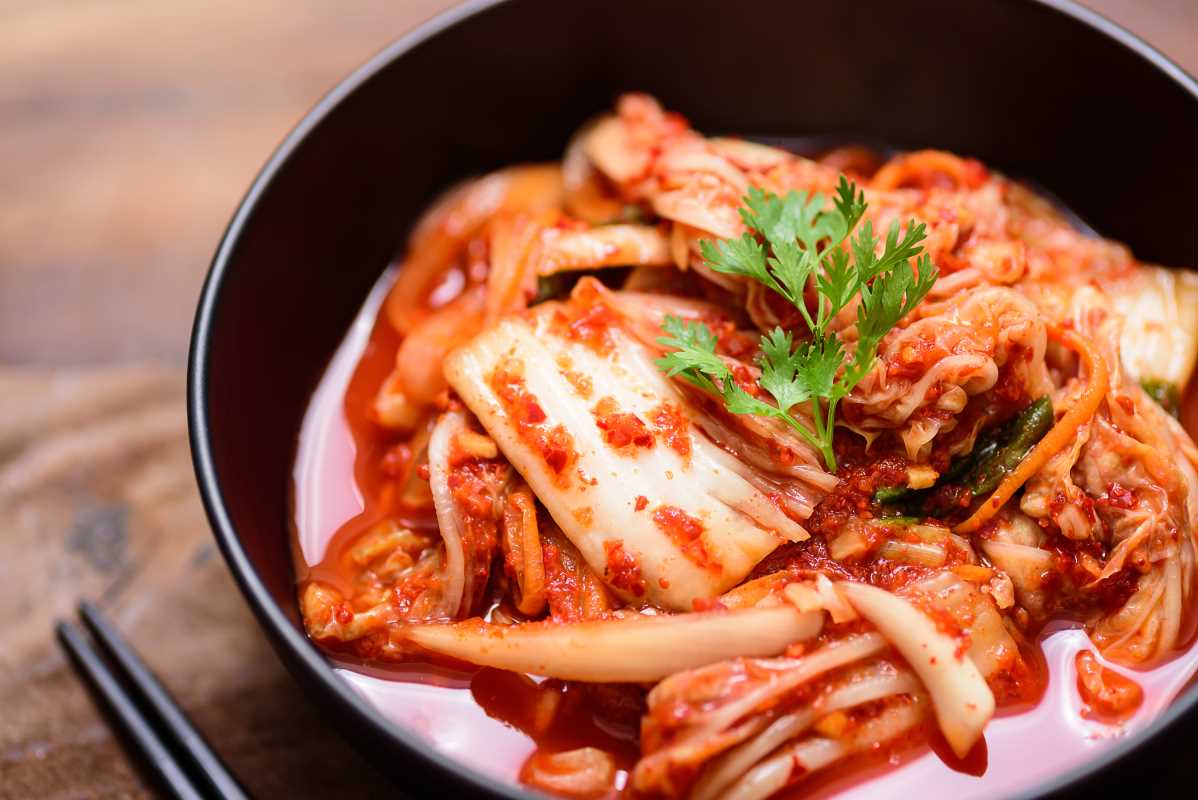Protecting your health and your family’s health means making smarter choices about the food you buy. Organic foods are a popular option because they’re grown without synthetic pesticides, fertilizers, or genetically modified organisms (GMOs). But sometimes, buying organic might not be as essential as you think. With grocery bills adding up, you don’t need to go organic for everything. Knowing which foods are worth the extra money can help you prioritize what’s best for your health and budget. Whether you’re just starting your organic eating journey or you’ve been at it a while, this guide breaks down when it’s time to splurge on organic and when you can save your cash. This is especially important information if you're making vegan dishes.
Why Go Organic?
First, it’s important to understand why buying organic matters. Organic farming reduces your exposure to certain chemicals often found in conventional farming, like synthetic pesticides. It can also be better for the environment since organic methods focus on improving soil health and using fewer harmful chemicals.
The downside? Organic products are often more expensive because of stricter farming practices and certification fees. Buying everything organic can quickly drain your budget. That’s why it’s smarter to focus on specific foods where choosing organic has a bigger impact.
Enter the Environmental Working Group’s (EWG) “Dirty Dozen” and “Clean Fifteen.” These lists are updated every year and highlight which fruits and veggies are most or least likely to contain pesticide residues. They’re a great starting point for deciding what’s worth buying organic.
Foods You Should Always Buy Organic
Strawberries
Strawberries consistently top the EWG’s Dirty Dozen list. That’s because non-organic strawberries are often sprayed with multiple types of pesticides, and their thin skin absorbs those chemicals more easily. If strawberries are a regular part of your smoothies, salads, or snacks, go organic to reduce your exposure to those residues.
Spinach and Leafy Greens
Fresh greens like spinach, kale, and lettuce are highly nutritious, but they frequently test high for pesticide contamination. Since you don’t always peel or cook them, what you see (and eat) is what you get. Opting for organic reduces potential exposure while keeping those leafy nutrients intact.
Apples
Think of how often you bite directly into an apple. Non-organic apples are sprayed with pesticides to protect them during storage and transport, and since you eat the skin, you're consuming those chemicals, too. Organic apples are a safer choice, especially if you snack on them daily.
Bell Peppers and Hot Peppers
These colorful veggies are a staple in many kitchens, but their smooth, thin skin makes it easier for pesticide residues to stick around. Since peppers are often eaten raw in salads or dips, buying organic is the healthiest choice here.
Grapes
Because grapes grow in clusters, they require more pest control, which means conventional farming uses a lot of chemicals. Like apples, their skin holds on to those residues. If grapes (or wine!) are part of your diet, going organic is the way to go.
Tomatoes
Small and mighty, tomatoes are another item where the skin and juices often absorb pesticides. Organic tomatoes may cost more, but they’re worth splurging on if you eat fresh, unprocessed ones often.
Celery
Conventional celery has often come back positive for multiple pesticide residues, but you can’t peel or scrub away its thin stalk. Consider organic if you’re a fan of celery sticks for snacks or cooking.
Foods Where Organic Doesn’t Really Matter
On the flip side, some foods are naturally low-risk regarding pesticides. These are usually fruits and veggies with thick skins, protective rinds, or low pesticide use during farming.
Avocados
Avocados consistently rank as one of the cleanest foods, thanks to their thick, inedible skin. Since pesticides are unlikely to penetrate that layer, conventional avocados are just as good as organic ones. Save your money here!
Pineapples
Like avocados, pineapples have a tough outer shell protecting the fruit inside. The thick rind keeps pesticides from reaching the edible parts, so you can safely buy the regular kind.
Sweet Corn
Fresh or frozen, sweet corn is usually low in pesticide residues. Its husk acts as a natural shield, so organic corn isn’t typically necessary. Just double-check it’s not GMO if that’s something you want to avoid.
Onions
With their papery outer layers, onions naturally repel pests and require fewer chemical treatments. If you’re tight on your budget, onions are one veggie you can confidently buy as non-organic.
Eggplant
Eggplants have a waxy, thick skin that doesn’t easily absorb pesticides. Conventionally grown eggplants are a safe option since they’ve consistently tested as low-risk.
Cantaloupe and Honeydew
Melons like cantaloupe and honeydew have tough rinds that protect the fruit inside. Unless you’re eating the skin (which almost no one does), regular varieties are just fine.
Mangos
Like melons, mangos are low-risk because of their protective peel. Save your pennies and skip the organic label here.
Tips for Prioritizing Organic
Check for Sales
Organic foods often go on sale at grocery stores or farmers’ markets. Stock up when prices are lower.
Buy Seasonal
Organic produce is often more affordable when it’s in season. Think organic strawberries in summer or apples in fall.
Clean Conventional Produce
Washing non-organic fruits and veggies thoroughly or using a produce spray can help remove some pesticide residue.
By knowing which foods to prioritize, you’ll create a smarter grocery shopping plan that benefits both your health and your budget. Healthy eating doesn’t have to be all-or-nothing; every small step toward better choices counts!
 (Image via
(Image via





